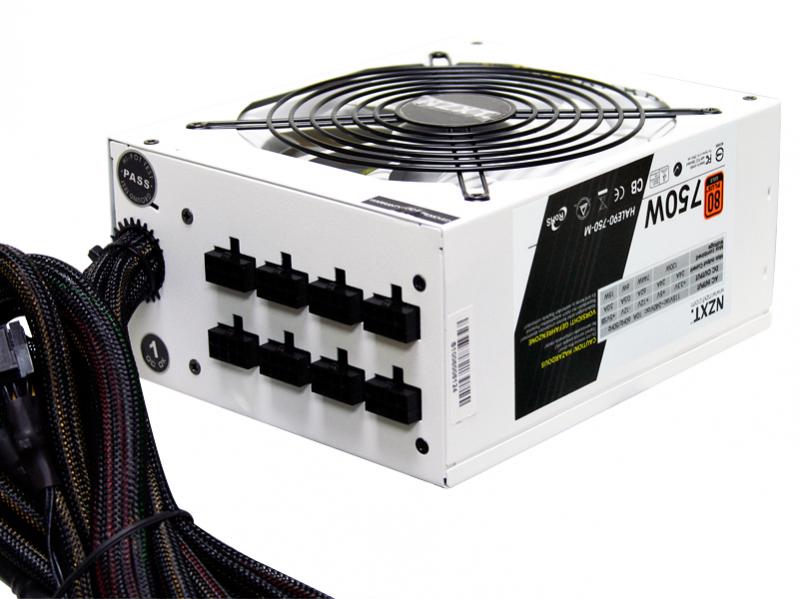NZXT HALE90 750W Power Supply Unit Review
Jake Sedge / 13 years ago

NZXT is one of the better known case manufacturers, known for their unique aesthetic design and great looking cases. However, recently NZXT has been moving into the enthusiast end of the market- most notably with their new Phantom cases and high-end PSUs.
There is not much you can criticise modern power supplies for being, the efficiency is getting better and better, wattage and stability is increasing and more and more units are becoming modular. But their is one thing that 99% of PSUs are guilty of- being incredibly boring! Almost all units are plain black boxes which hide in the corner of your case working away. NZXT break this mould by going with the increasingly popular white and black colour scheme that sets it aside from the others in terms of aesthetics which hopefully signifies a new level of performance.
It seems that NZXT want to make a bold statement with their first PSU line, but as we know from experience, bold statements are not always the best ones! However, the brand new appearance is just concealing the beast within as the HALE90 packs a serious punch- on paper anyway. The most obvious feature is the 80+ Gold certification that instantly tells us that this is an enthusiast model. Not only will it be lighter on your electricity bills, the higher efficiency means that there will be less energy wasted as heat, which when combined with an NZXT-branded 140mm fan, means a very cool and quiet PSU. NZXT also takes on the credentials of all top-end PSUs by featuring a top quality construction made from Japanese solid capacitors and a well designed topography while featuring a modular design and many different protection capabilities for added reassurance. NZXT manage to deliver all of this at a low price point of around £120 which makes it the cheapest 80+ PSU in that range of wattage.
So, the HALE90 certainly seems to offer a lot at a good price point, but how will it fare in our new extremely rigorous test procedure that can be explored further by reading our Power Supply Testing Methodology.



















